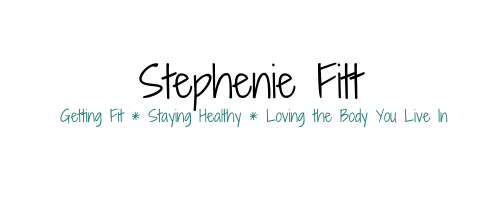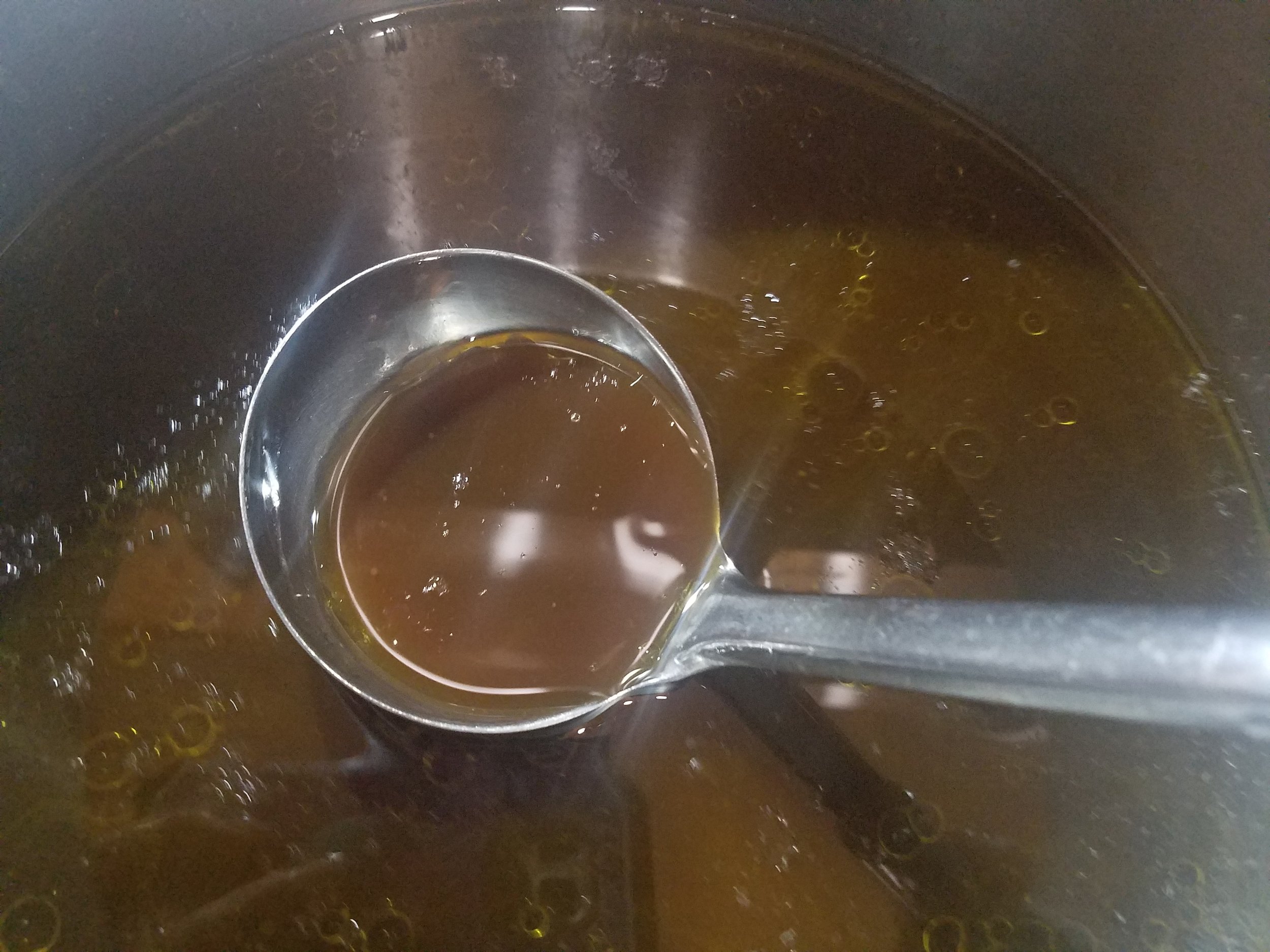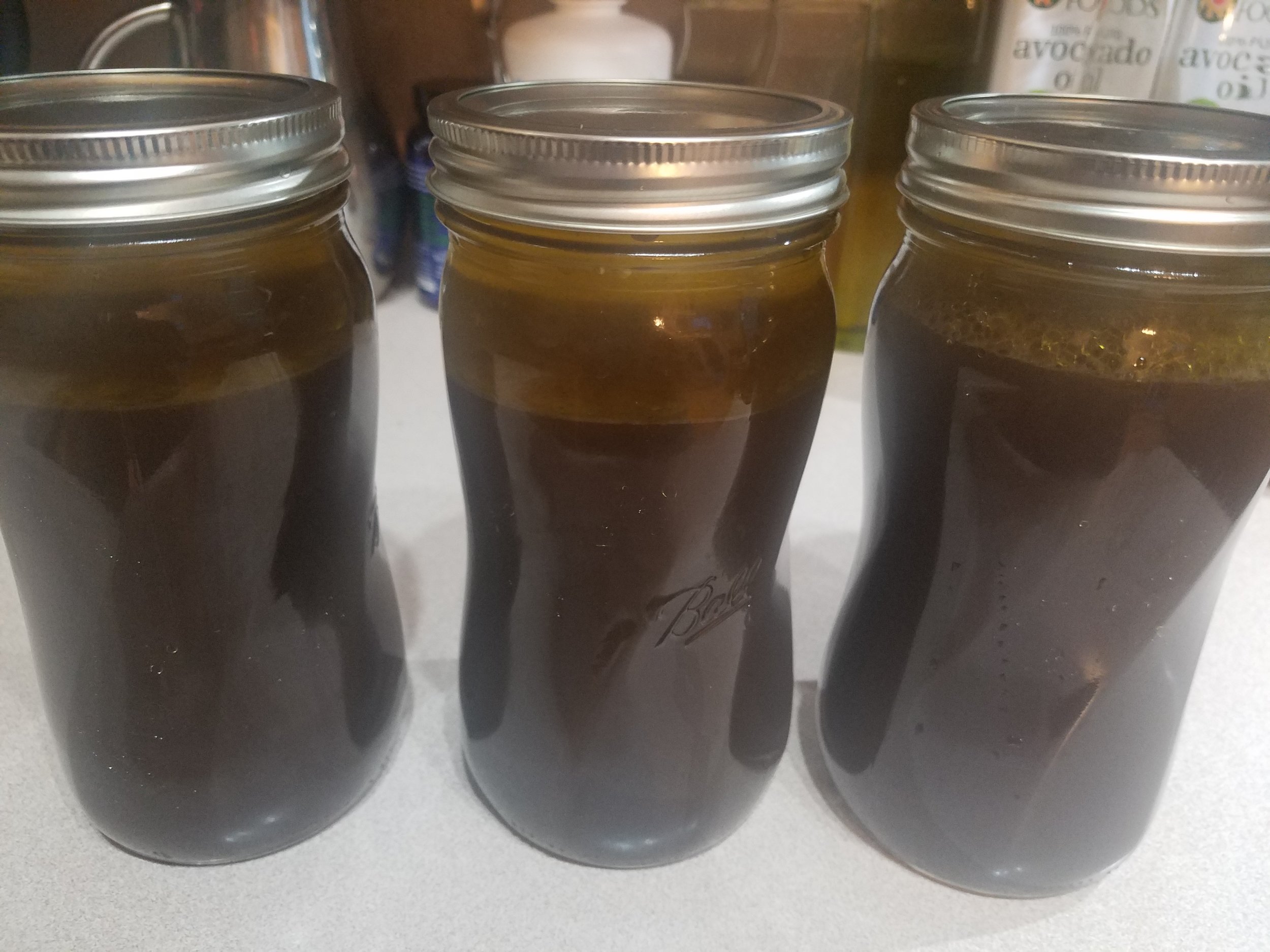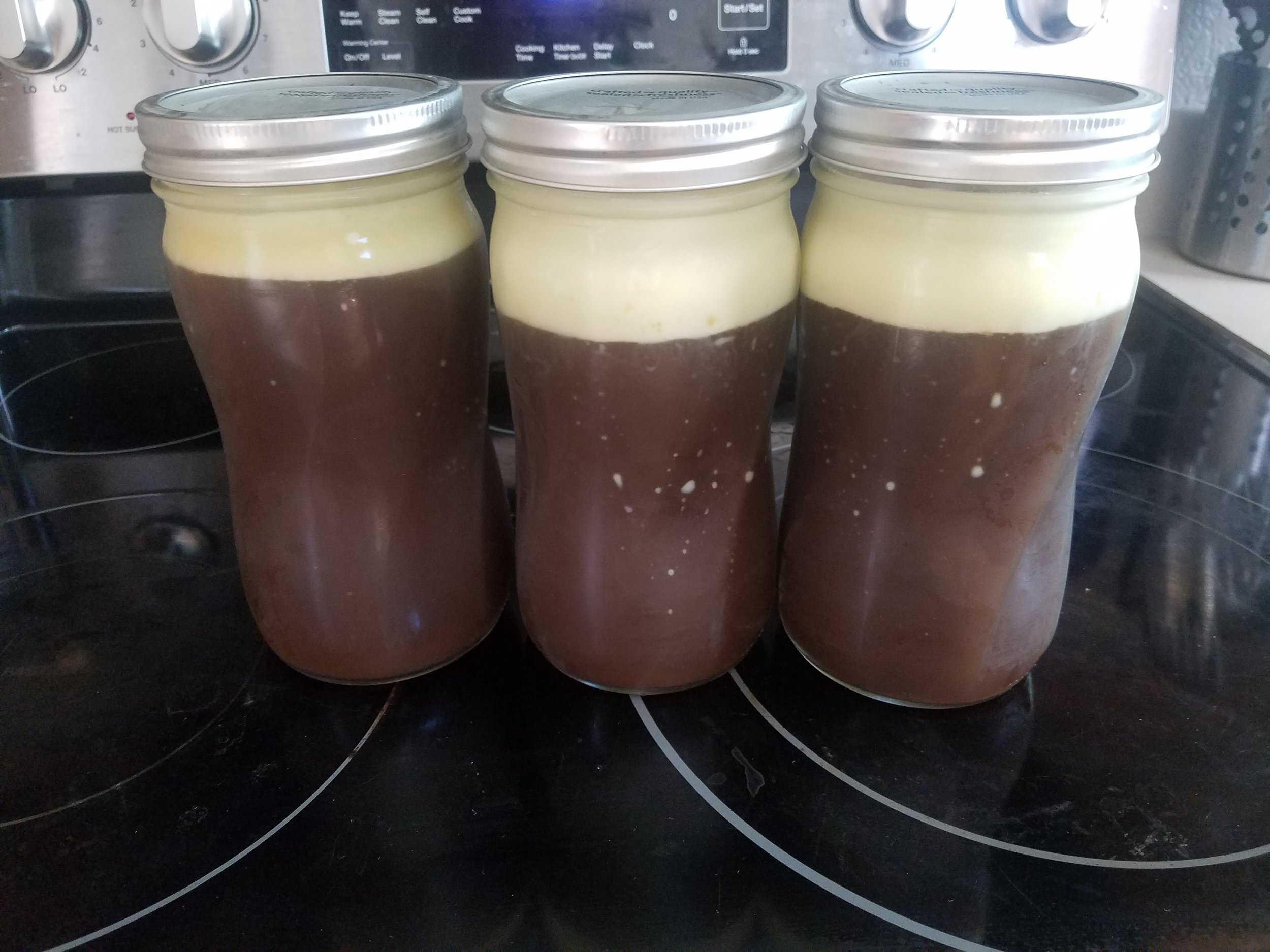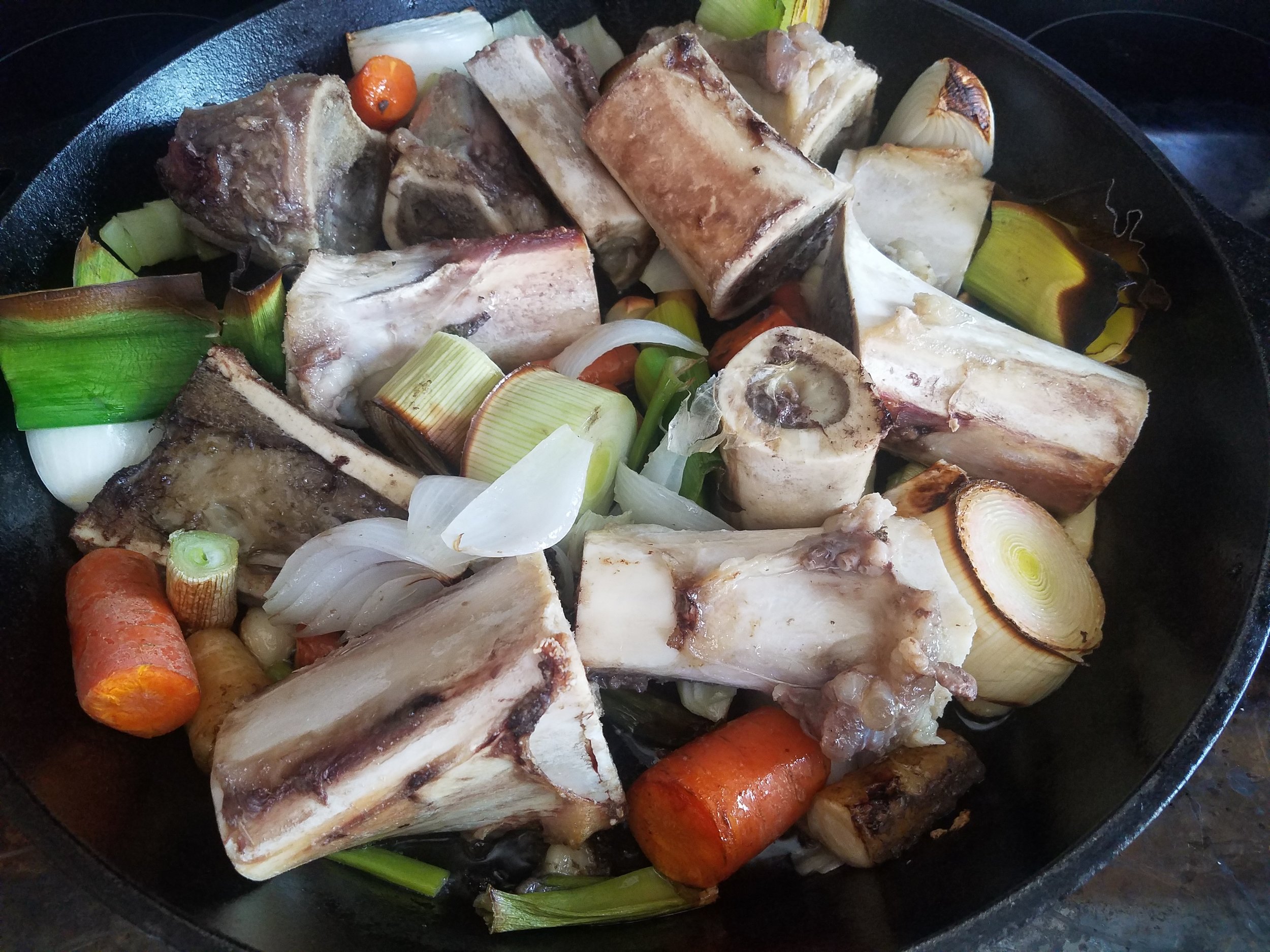There is nothing like a bowl of steaming hot stew on a cold, wintry day. Even if you’re from a warmer climate, something like sipping your dinner can bring feelings of calm, peace, and contentment.
As part of my Master’s Degree program, each professor assigns a “recipe of the course” for each class offered, and we are asked to prepare the food and write a paper about our experiences. The course I just finished (whew!), called "Macronutrients," required me to make a delicious pot of Moroccan Stew. I’m back to eating red meat on a very occasional basis, and this recipe does not disappoint with savory beef chunks, root vegetables like turnips, parsnips, and rutabaga, and an exotic blend of cinnamon, nutmeg, and other spices you’d never think to put into a stew.
I’m sharing this recipe with you in the hopes that you’ll try out something new, like I did, and perhaps expand your winter go-to fare. Feel free to adapt it to suit your individual tastes. Omit the meat for a vegetarian option, or substitute lamb for the beef for a more authentic version.
Here you go~
Beef Stew with Moroccan Roasted Root Vegetables
Yields 6 to 8 servings
Meat Ingredients
1 ¾ pounds boneless beef chuck (or stew meat), trimmed of fat and cut into bite-size pieces
4 T olive oil
2 C chopped yellow onions
3 cloves garlic, chopped
¼ tsp allspice
¼ tsp cinnamon
¼ tsp cumin
¼ tsp coriander
¼ tsp grated nutmeg
Dash of sea salt
½ cup red or white wine for de-glazing (if you have some open, stock or water if you don’t)
6 to 8 cups of beef bone broth (or vegetable broth for vegetarian version)
1 (14-ounce can) Muir-Glenn diced tomatoes with their juice
Vegetable Ingredients
Dash cinnamon
Dash allspice
Dash cumin
Dash coriander
Dash grated nutmeg
Dash sea salt
Dash red chili pepper flakes
2 T olive oil
2 Yellow Fin or Yukon Gold potatoes, cut into bite sized chunks
1 sweet potato, cut into bite sized chunks
1 turnip, cut into bite sized chunks
2 parsnips, cut into bite sized chunks
1 rutabaga, peeled and cut into bite sized chunks
Meat Procedure
In a large Dutch oven or heavy duty stew pot, heat olive oil over medium-high heat.
Brown the meat on all sides, turning with a pair of long-handled tongs, about eight minutes. Be sure not to “crowd” the meat so that it will brown evenly and you will get nice brown bits on the bottom of the pan. Remove the meat and let it rest on a plate during next step.
Add the onion (you may need more oil) and a pinch of salt to the pot. Cook until soft and fragrant, scraping the bottom of the pot. Add garlic and saute for 30 seconds.
Return meat to the pot and add cinnamon, allspice, cumin, coriander, nutmeg, and another pinch of salt. Stir to coat the beef and onions with the spices.
Deglaze with wine (the liquid should reduce by half), scraping flavorful bits of meat off the bottom of the pan. Add tomatoes and just enough broth to cover the meat.
Bring to a boil, decrease heat to very, very low, and cover.
Simmer until meat is tender, about 2 hours. Remove the cover for the last 30 minutes. You know the meat is ready when you stick a fork in it and it comes out easily.
Vegetable Procedure
(Preheat oven to 425 degrees F)
2 sheet pans lined with parchment paper (I used a large cast iron skillet with no parchment paper)
In a small bowl, combine the spices, salt, and chili pepper flakes with olive oil. Whisk until blended. In a large bowl add vegetables and pour olive oil mixture over the vegetables and toss until all are well coated.
Lay the root vegetables in a single layer (don’t over crowd) on the sheet pans. Roast 20 minutes. Vegetables will still be a bit firm at this point.
When the meat is very tender, add the roasted vegetables to the stew. Cover and cook about 15 minutes more until everything is tender.
From the book, One Bite at a Time (Katz, 2008).
